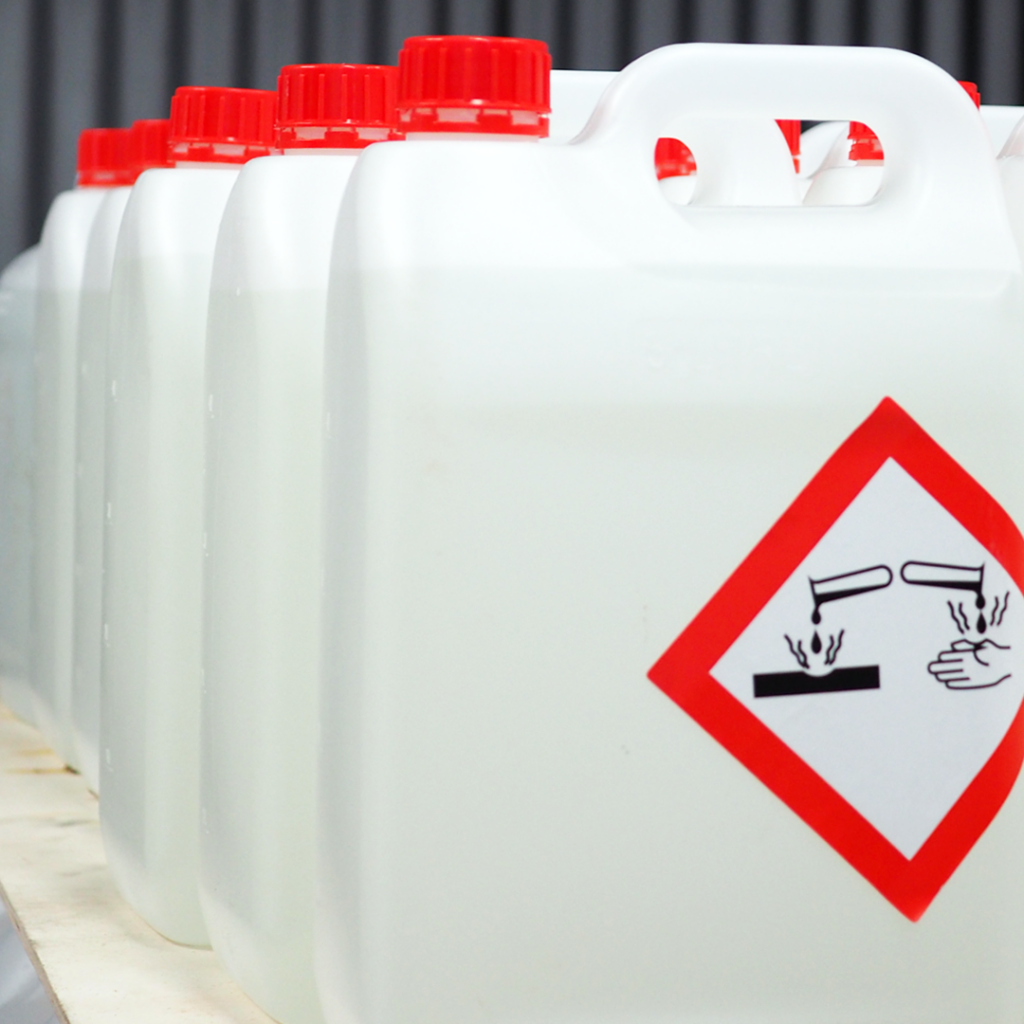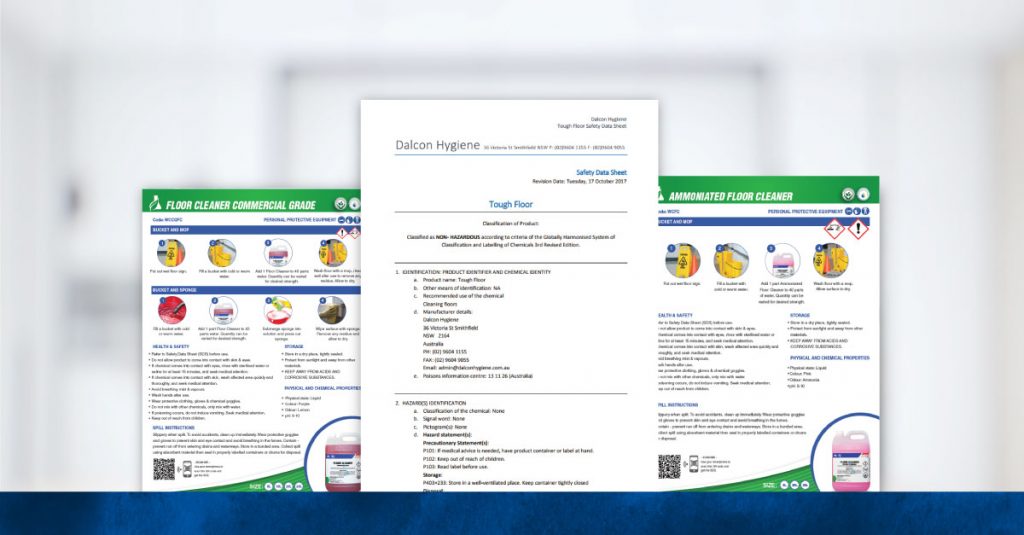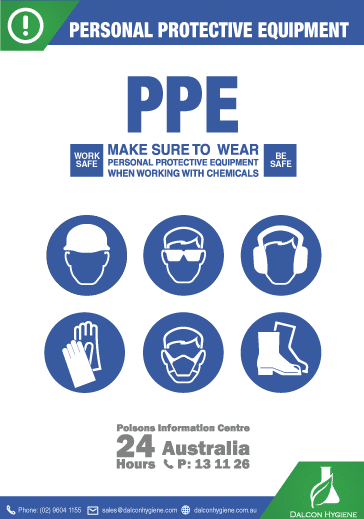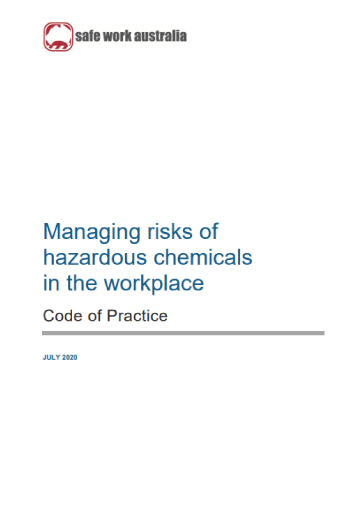Handling Dangerous Goods (DGs)

The word ‘chemical’ has recently been portrayed as something that exists within products that should be avoided, particularly from brands that claim to be organic. You will often see branding slogans along the lines of “contains no added chemicals” or that “natural” products “contain no chemicals”. The reality of the situation is that our entire world is made up of chemicals. The air we breathe, water we drink and ground we walk on are all chemical compositions of varying types. We should not fear chemicals or seek to avoid them – rather, we should focus our energy on understanding the chemicals we use in our day-to-day lives. Having said that, there is no doubt that many chemicals are extremely dangerous, even those we use in the home and workplace. Recently, we have covered the Do’s and Do Not’s of using bleach safely and learnt that mixing bleach with other common household chemicals can be extremely dangerous. This article will build on our guide for handling chemicals, shed further light on some of the more common hazardous chemicals and advise on how to correctly handle dangerous goods.
Safe Work Australia lists hazardous chemicals as “substances, mixtures and articles that can pose a significant risk to health and safety if not managed correctly. They may have health hazards, physical hazards, or both”. These include chemicals that are acutely toxic, cause skin or eye damage, are carcinogenic, flammable, or explosive and more.


Globally Harmonised System (GHS)
Pictograms
Dangerous Goods chemicals are regulated under the Global Harmonised Standards (GHS), a system used to classify and communicate the specific hazardous components of different chemicals. GHS standards are required in Material Safety Data Sheets (MSDS/SDS) documents and are a good starting point for understanding the specific risks posed by not knowing how to correctly handle dangerous goods.
Signal Words & Precautionary Statements
In addition to the pictograms shown above, the GHS uses the signal words ‘Danger’ and ‘Warning’ to denote the relative severity of the hazard. Danger is the term given to the more hazardous chemicals, while Warning is utilised for less damaging chemicals.
Additionally, the GHS provides a list of precautionary statements relevant to each hazard that covers accident prevention and response, storage, and correct disposal methods of chemicals. The two broad types of hazards posed by chemicals are Health Hazards – those that arise as a result of the biological interaction between an individual and a chemical, such as inhalation or ingestion – and Physicochemical Hazards which are those that occur not as a result of biological interaction. Physicochemical hazards most commonly include corrosive or flammable chemicals that create adverse reactions on both humans and our environment if mishandled.
Steps To Mitigating Risks
The Safe Work Australia Code of Practice for managing risks of hazardous chemicals in the workplace recommends 5 key steps for mitigating the risks posed by both health and physiochemical hazards:
- Identify reasonably foreseeable hazards that could give rise to the risk.
- Eliminate the risk so far as is reasonably practicable.
- If it is not reasonably practicable to eliminate the risk – minimise the risk so far as is reasonably practicable by implementing control measures in accordance with the hierarchy of risk control.
- Maintain the implemented control measure so that it remains effective.
- Review, and if necessary, revise all risk control measures so as to maintain, so far as is reasonably practicable, a work environment that is without risks to health and safety.
Product Manuals and Safety Data Sheets (SDS)

The simplest and most practical way to identify any hazards associated with the use of chemicals is to read the product’s Safety Data Sheet (a full list of Dalcon Hygiene’s SDS documents is available upon request to our customers. Please reach out if you wish to gain access to these documents). Section 2 of SDS documents contains hazardous information associated with the product while section 3 outlines its chemical composition. Both of these sections are particularly useful in identifying hazards and assisting with the safe handling of dangerous goods.
Personal Protective Equipment (PPE)
The elimination or minimisation of risks associated with chemicals should be done in 2 parts. First and foremost, the correct personal protective equipment (PPE) should always be used. Dalcon Hygiene’s Product Manuals (again, available upon request to our customers) contain iconography highlighting the most appropriate PPE for each chemical. PPE is especially important for mitigating the risks posed by health hazards.
The most effective recommendation for minimising the risks posed by physiochemical risks also involves the use of PPE, but extends beyond equipment to factors such as storage and disposal. All hazard information is contained on chemical labels, with one of the most crucial components of chemical labels being storage recommendations. For example, a highly flammable product will require storage in a cool, dark place out of heat and direct sunlight. These chemicals should also be kept away from any ignition sources including welding sparks, static electricity, and gas heaters, among others.

Ultimately, chemicals are extremely useful for human day-to-day life (obviously, considering our entire world and atmosphere are made up of chemicals). The word chemical is not a ‘dirty word’, despite what many products and brands claiming to be “natural” and “organic” may try to have you believe. Having said that, some chemicals are highly volatile and extremely dangerous and should always be used in accordance with manufacturer’s instructions. The most important thing to remember regarding how to correctly handle dangerous goods is ensuring you always follow the instructions provided on labels, product manuals and safety data sheets. As always, should you require emergency assistance as a result of a chemical accident, seek immediate advice from the Poisons Information Centre (Australia: 131 126 New Zealand: 0800 764 766 ) and medical attention from a General Practitioner or Hospital if required.
To download our guide for handling all chemicals, clink this link or tap on the Download Chemical Handling button to the right.


